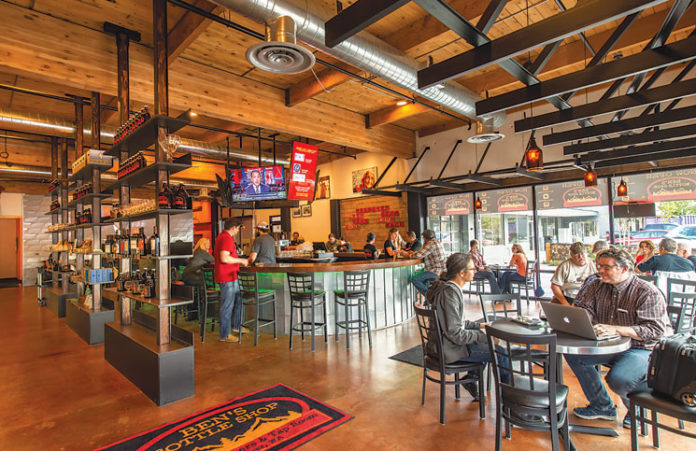The Columbia River Economic Development Council has finished developing Phase II of its 2017 Clark County Comprehensive Economic Development Plan.
The plan, which took about nine months to complete, is a sort of economic playbook for Clark County growth. It will focus on expanding business opportunities in five key high tech areas and work to foster new business development, job growth and meeting industry needs. The plan was adopted by the agency’s board in late August, said Mike Bomar, CREDC president.
“The key shift is that we are starting with these five sectors and doing a deep dive on the strategy,” Bomar said. “We looked at core competency and chose the sectors based on a compilation of a lot of analysis and workforce projections. We looked at policy, qualitative data and regional input. And we looked at what rose to the surface with the greatest potential for us.”
The five key areas are: Computer and Electronics, Clean Tech, Software, Metals and Machinery and Life Sciences.
Of those, the newer industries like Life Sciences and Clean Tech have a lot of potential for growth, despite having a somewhat smaller footprint today than other industries like Metals and Machinery, Computer and Electronics and Software.
Life Sciences, which includes the biotech industry, has great potential for new medical and pharmaceutical products as well as for the development of new materials and production methods. Clean Tech has a lot of development opportunities around battery technology and low-cost power solutions, Bomar said.
“Our Metals and Machinery cluster is older and more established, and we also have a lot of big firms in the Computer sector,” Bomar said. “Software is also ubiquitous, but we see some areas of opportunity. We’re mostly systems software in Clark County – business to business. That’s really a strength for us.”
CREDC got a $50,000 matching grant from the U.S. Economic Development Administration to fund Phase II of the project. Leland Consulting Group helped CREDC complete the plan and was contracted to both coordinate and gather input from local stakeholders.
“The last plan was a good one,” Bomar said. “It built a foundation of good partnerships over the last five years. Now it’s time to take those partnerships and move forward. There’s that trust that has been built between partners. We also have a lot of good case studies. Now we need to take that to a broader range of businesses to move the needle forward.”
The board confirmed Phase I of the plan in April. The completed plan also aligns with the Greater Portland 2020 regional economic development action plan. Both plans include goals and objectives, a pathway to success and metrics that will be used to track progress.
“The organization is committed to improving overall economic prosperity throughout Clark County,” said Greg Seifert, CREDC board chairman. “This strategic plan represents the culmination of nine months of intensive stakeholder engagement and input from local business and community leaders coming together to define the shared priorities and goals that can have the greatest impact.”
The 2017 Clark County plan also includes three broad goal areas for the five business sectors. The first goal is to expand the existing business base through strategic marketing, fostering startups and becoming experts in each industry sector. The second is to support people and foster educational opportunities, skills development and promote ethics and diversity. And the third is to create a community and a sense of place for businesses, support transportation needs and create shovel-ready sites available for businesses to occupy.
“I’m really excited about this plan,” Bomar said. “Our partners have spent so much time and energy. I’m impressed by the amount of input we got – more than 200 stakeholders were involved. It really reflects where the community wants to go.”



